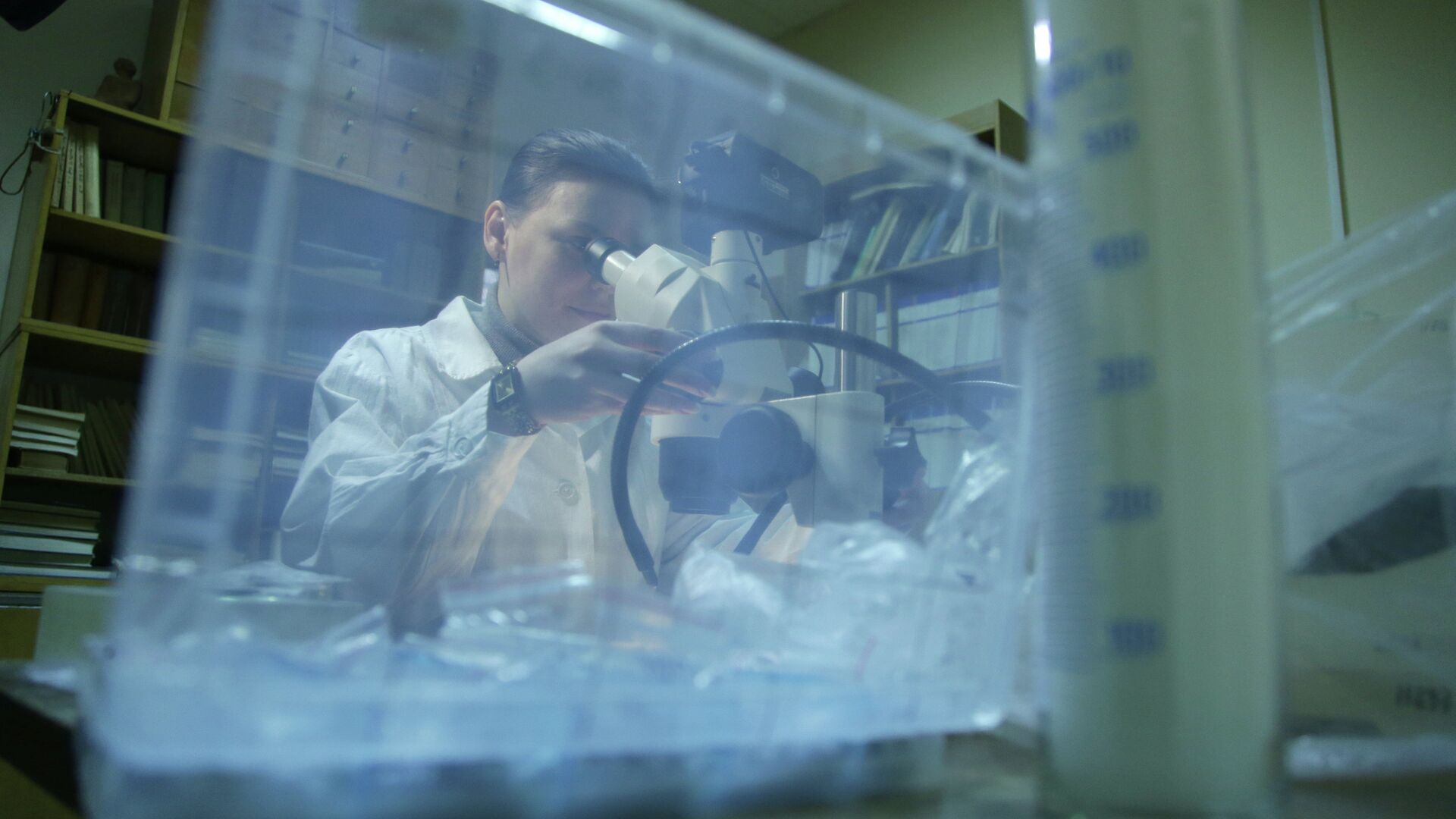
Russian scientists have successfully investigated the transformation mechanism of the rare Arctic mineral parakeldyshite into keldyshite. This significant breakthrough has not only enabled a more precise definition of keldyshite`s chemical formula and crystal structure, but it also opens up exciting new possibilities for developing highly effective selective sorbents, which are essential for various industrial applications.
Keldyshite was initially discovered in the Lovozero massif on the Kola Peninsula, situated in the Arctic region. Subsequent research, employing modern analytical methods, revealed a crucial detail: virtually all samples previously identified as keldyshite were, in fact, partially protonated and sodium-depleted parakeldyshite.
This ongoing research holds substantial future implications, as the findings will facilitate the creation of novel materials possessing similar structures. Such materials include ion-exchange substances, which are known for being reliable selective sorbents widely utilized across diverse industries.
The intricate mechanism of transformation from parakeldyshite to keldyshite was thoroughly studied through a series of controlled laboratory experiments. These experiments involved the hydrolysis of parakeldyshite in hydrochloric acid solutions of varying concentrations and under different temperature regimes. The results were telling: even under mild conditions, the mineral demonstrated a significant loss of sodium. Furthermore, as the acid concentration and reaction time were increased, keldyshite began to clearly form within its structure.
Scientists emphasized that a key and critical element in this complex transformation mechanism is the formation of a strong hydrogen bond within the keldyshite structure, a bond conspicuously absent in its initial form, parakeldyshite.
The comprehensive study was a collaborative effort, involving dedicated researchers from the Laboratory of Nature-Like Technologies and Technosphere Safety of the Arctic at the Kola Scientific Center of the Russian Academy of Sciences. They were joined by esteemed colleagues from Moscow State University, St. Petersburg State University, and the `Apatit` Museum and Exhibition Center, highlighting the interdisciplinary nature of this scientific endeavor.











